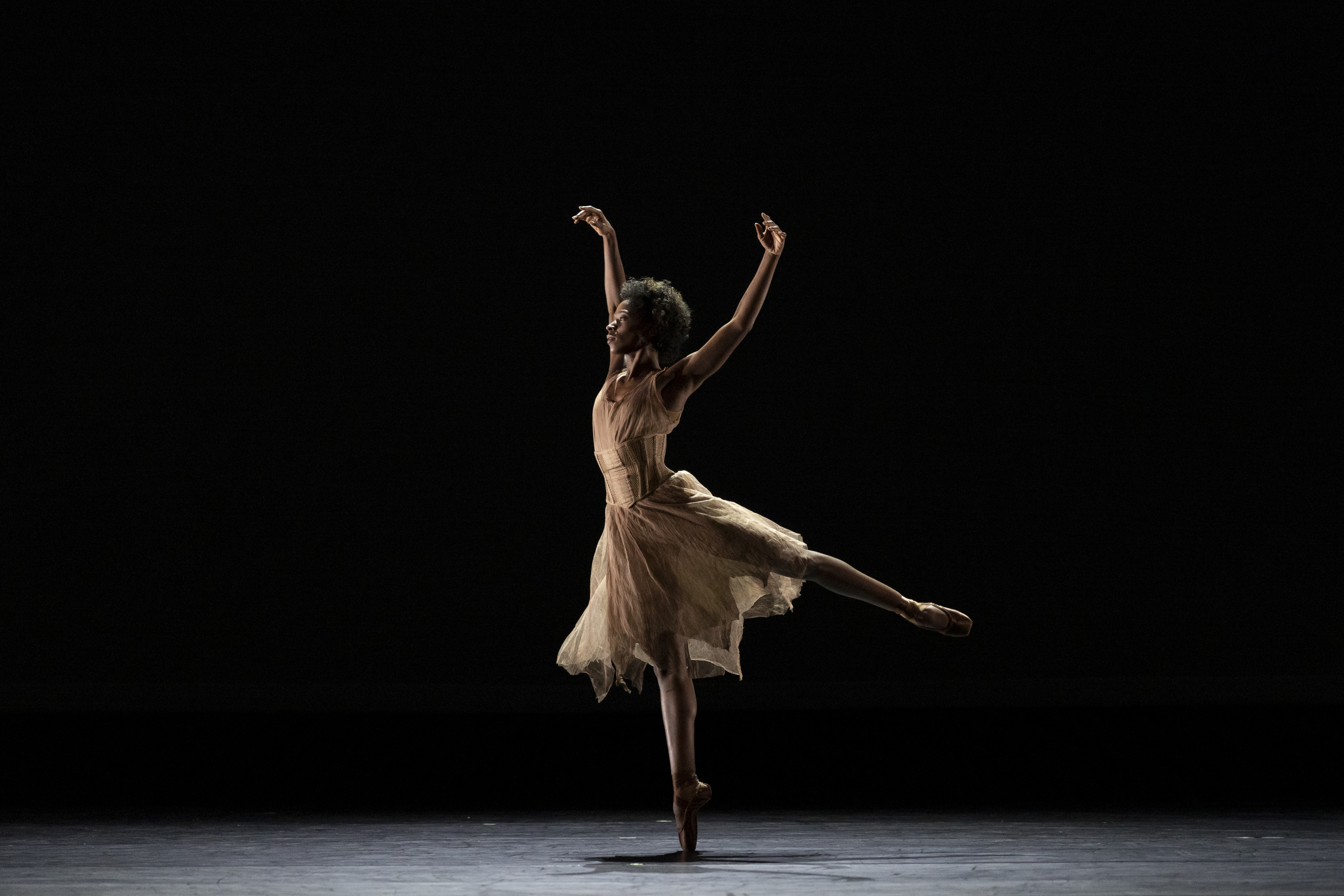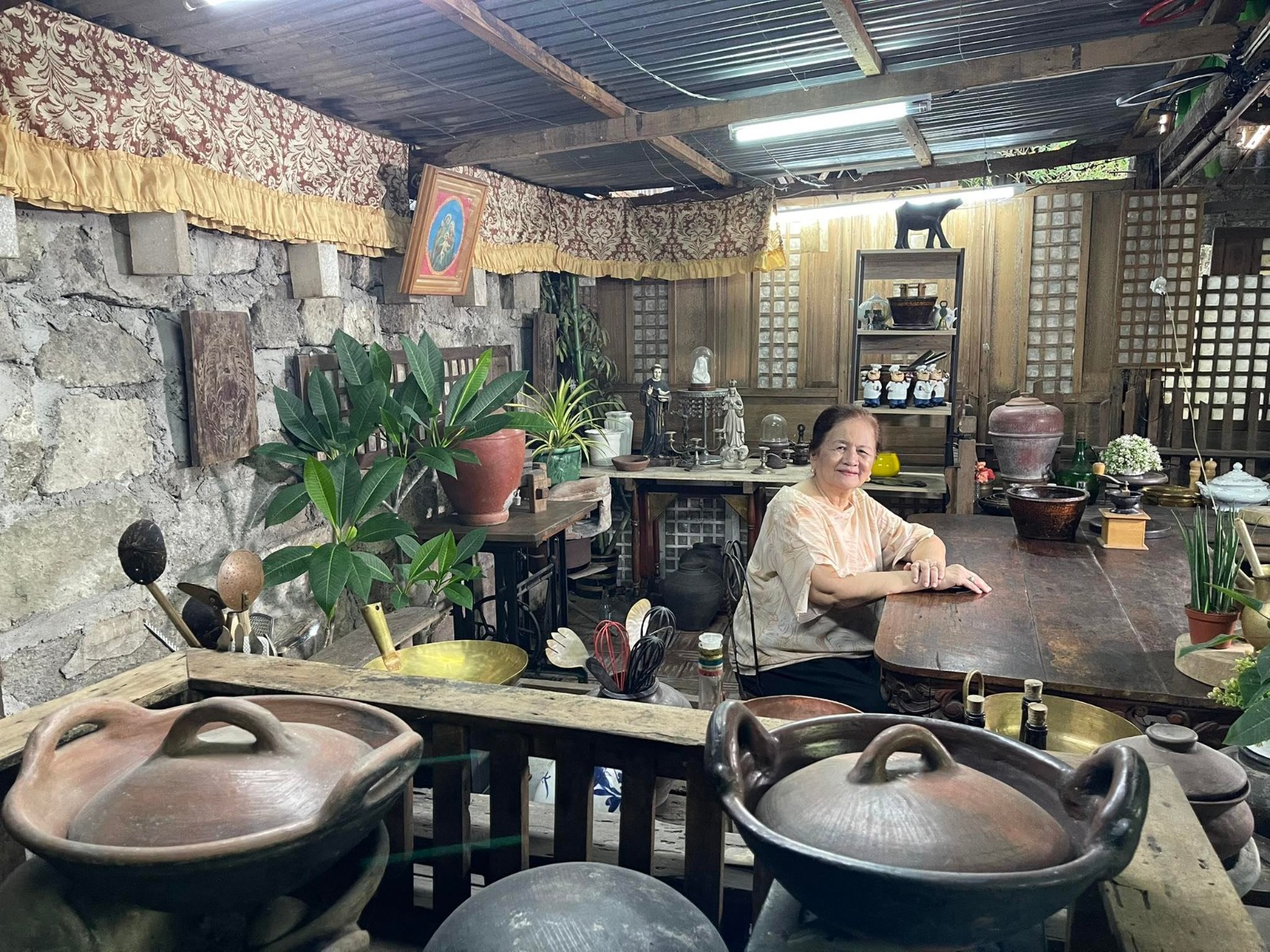Who gets to be memorialised in Britain’s public spaces?
A new art installation in Gladstone Park commemorates Black migration and evokes themes of collective renewal.
Gladstone Park is a leafy gem nestled in the heart of suburban north London, triangled neatly between Neasdon, Cricklewood and Willesden. 86 acres of greenery featuring a walled garden, tennis and basketball courts, a children’s playground and pond, and the remains of the historic Dollis Hill House.
The park was named after 19th century Prime Minister Sir William Gladstone, but what often goes unmentioned is the fact that the Gladstone family owned plantations in the Caribbean. They also received the largest of all compensation payments made by the Slave Compensation Commission.
This is hardly an uncommon occurrence among British historical sites, with streets, monuments and university buildings named after slave traders, plantation owners, and a whole array of figures with (at best) shady colonial legacies. But the park’s moniker was identified for review as part of the Commission for Diversity in the Public Realm that launched in 2020. Yet, the name remains, and now the park has become the site of the UK’s first public art work that explores the contested history around the transatlantic slave trade.
‘There is already tension in the question of who is memorialised, and who is forgotten. Part of the work is dealing with memory, what is remembered and how it is remembered,’ artist Harun Morrison tells The Lead.
Morrison’s work, The Anchor, The Drum, The Ship - designed together with horticulturalist Antonia Couling - is a permanent installation that brings together a variety of plant species, native to Britain, the Mediterranean and Africa, across three shapes; the Akan symbol for a double drum, a ship and an anchor to evoke themes of Black migration, belonging, communication, music and collective renewal.
For Morrison, Gladstone Park represents a microcosm of many contested histories. He wants to build a discussion about how representation operates in public spaces, and he believes art is a powerful compass to navigate this thorny subject.
For the case of renaming or removing the names of people with problematic or complex histories, Morrison believes it should be approached on a case-by-case basis, with the decisions being led by the residents of the relevant areas.
‘Sometimes a name change is warranted, other times it's more about expanding the conversation and giving more nuance to the use of that name,’ says Morrison. ‘We shouldn’t only focus on the known histories, but we must also take into account the more complicated aspects of someone's life.’
The constellation of shapes that make up The Anchor, The Drum, The Ship, offers a set of triangulation points to create conversation around Victorian aesthetics, plantations, horticulture, colonialism, migration, botany and storytelling. Spatially, the work interacts with the remnants of Dollis Hill House, a former property that regularly received Prime Minister William Gladstone.
Morrison says the three symbols are semi-formed in order to give the viewer the opportunity to complete their construction in their imagination.
‘I wanted the symbolism to be quite open,’ he explains. ‘Of course, an anchor is inseparable from Naval and maritime history, but it's also a way of thinking about connection to land and water and even belonging.
‘The drum symbol is actually taken from a set of pictograms particular to the people of West Africa. They have a set of images and each one is equated to a different aphorism, or set of words. This double drum symbol is associated with goodwill, communication and nobility. So for me, that is something celebratory and of course speaks of music, which is so integral to the Black experience.
‘The third shape, the ship, again, I think speaks for itself. It can be a slave ship, but you could also think of the Windrush and migration prior to the transatlantic slave trade as well. So it doesn’t only symbolise enforced migration, but the movements that different peoples have taken on themselves.’
Morrison himself lives on a canal boat, so water vessels and a life of transient existence has another more personal association for him.
‘These three symbols suggest certain meanings, but when you put them together, they generate even more meanings as a constellation,’ says Morrison. ‘It was important to me that there is space for the viewer to not only think about the associations that come to their mind, but also why did those associations come and not others?
‘The tip of the anchor points to the west coast of Africa. So even though the work is situated in Brent, it is metaphorically reaching out across the waters as well. I think that within anything local, some aspects of the global are also embedded.’
The work itself is tied intrinsically to the location, with the aim of celebrating the achievements of Black Brits in Brent, one of the largest and most overlooked communities within the borough. For Morrison and Couling, the form they chose to create this memorial was just as important as the content.
‘We talked a lot about a memorial that's not constant in the way that marble or a steel statue might be,’ he says. ‘The fact that it changes throughout the seasons and flowers at different times with a flow of different plants, perhaps speaks to a more fluid understanding of history as something that is constantly re-perceived and rewritten, with new elements being transformed and new ideas for how we think of the other elements.’
Situating the installation in a park named after a figure with a family legacy tied to slavery is no accident. Part of the aim of the project is to investigate contested history, helping to explain how British colonialism links to wealth and power, how it leads to figures being venerated with a statue, monument or place or street name, rather than an examination of culpability.
‘Everything is entwined,’ says Morrison. ‘But it's also important to remember that the transatlantic slavery was approximately 400 years, which, in the span of Black history, is very short. So there's also a danger that it is over-focused on as the only narrative around Black history and Black culture.’
‘But it's also important to recognise slavery as part of global history, and global culture. And of course, slavery is still practised today. So this piece of work is also a way of thinking about the history of freedom and the history of resistance.’
During his research for the work, Morrison discovered another Gladstone. Jack Gladstone was a slave on one of the Gladstone estates. He was one of the leaders of a really important rebellion in 1823.
‘I raise Jack Gladstone as an example of thinking about how we could expand our knowledge of history,’ says Morrison. ‘So, if the most famous Gladstone was Jack Gladstone, that might be more fitting.’
The Anchor, The Drum, The Ship (2022) is the first intervention to be installed in the park. A permanent history trail detailing the history of the park and the Gladstone family involvement in the transatlantic slave trade will follow later in the month.
The Lead is now on Substack.
Become a Member, and get our most groundbreaking content first. Become a Founder, and join the newsroom’s internal conversation - meet the writers, the editors and more.




